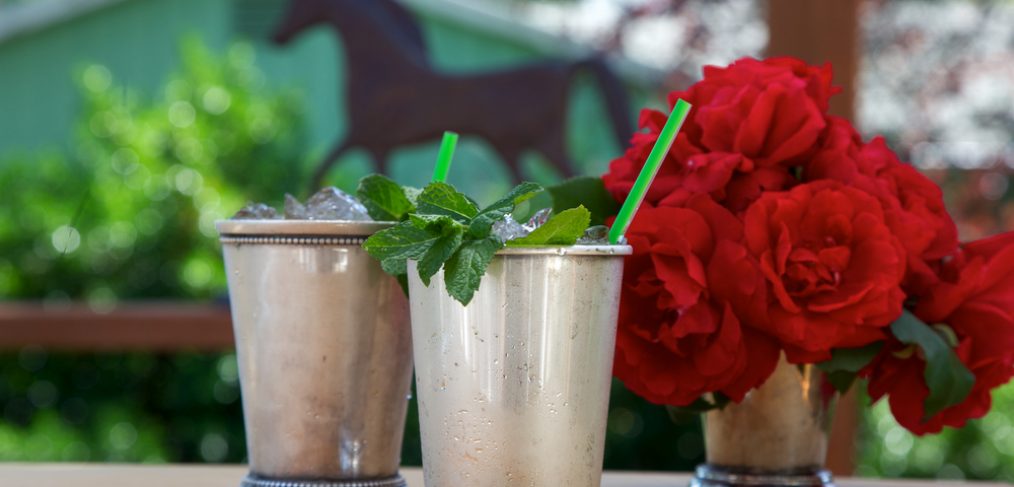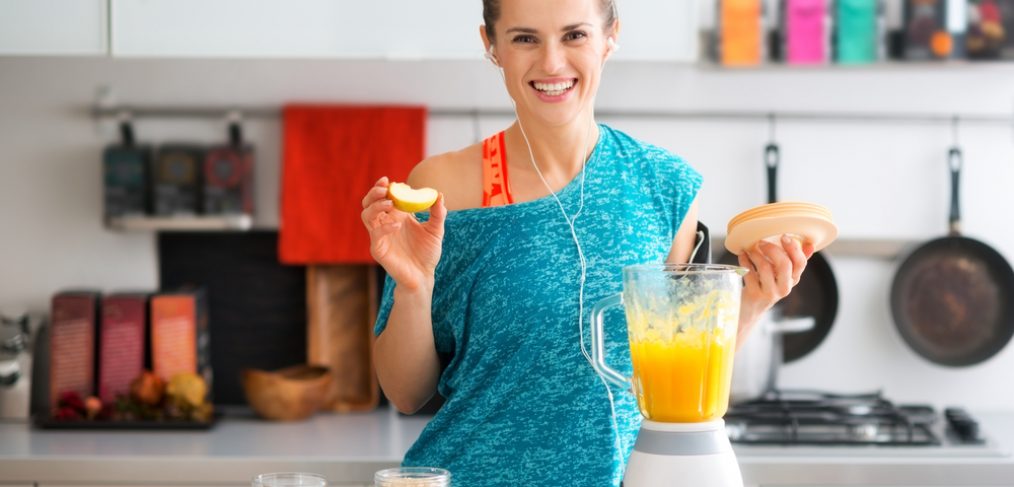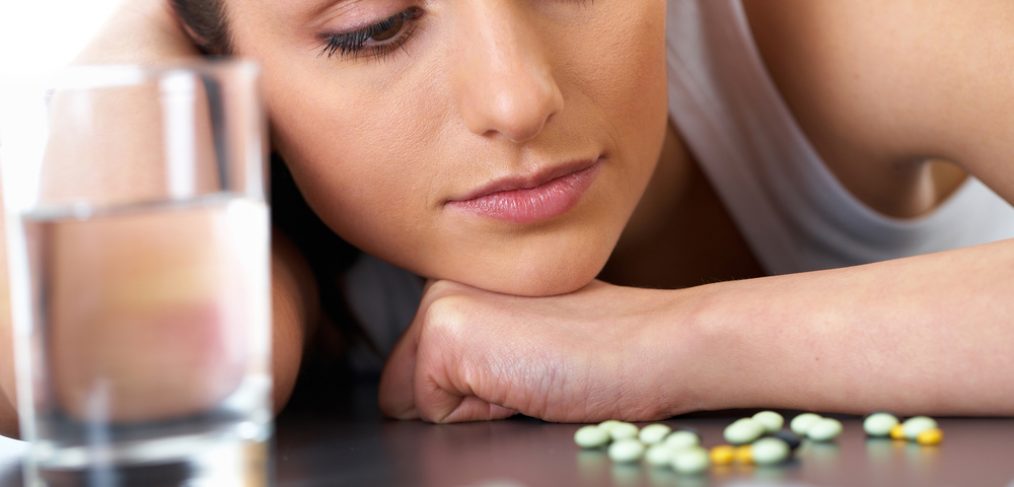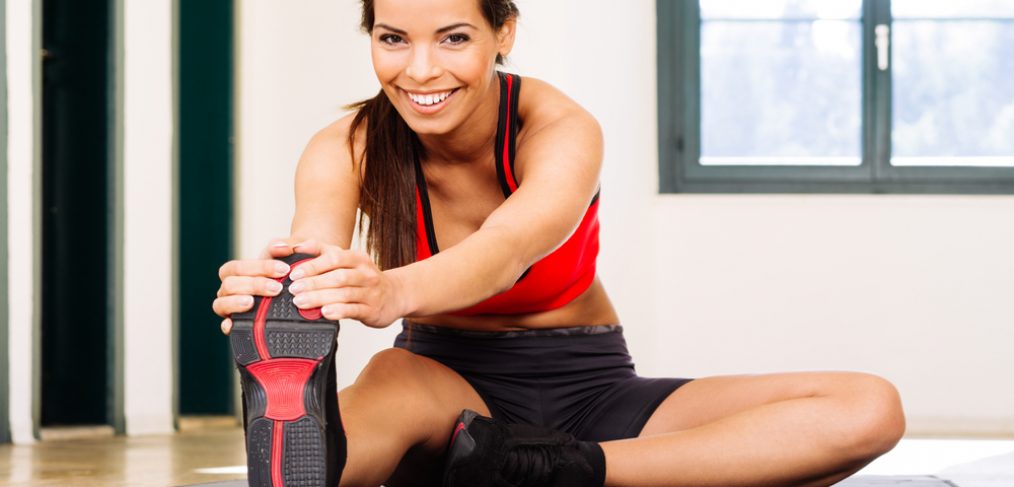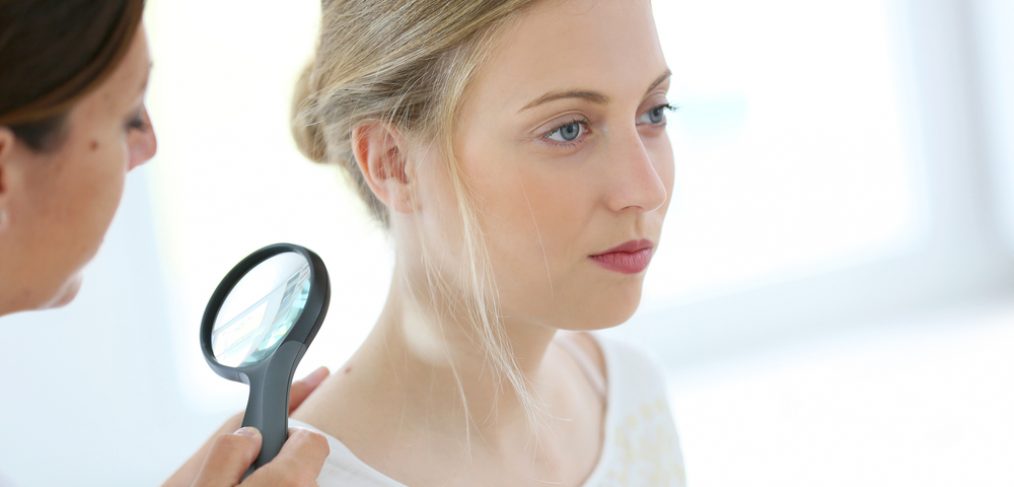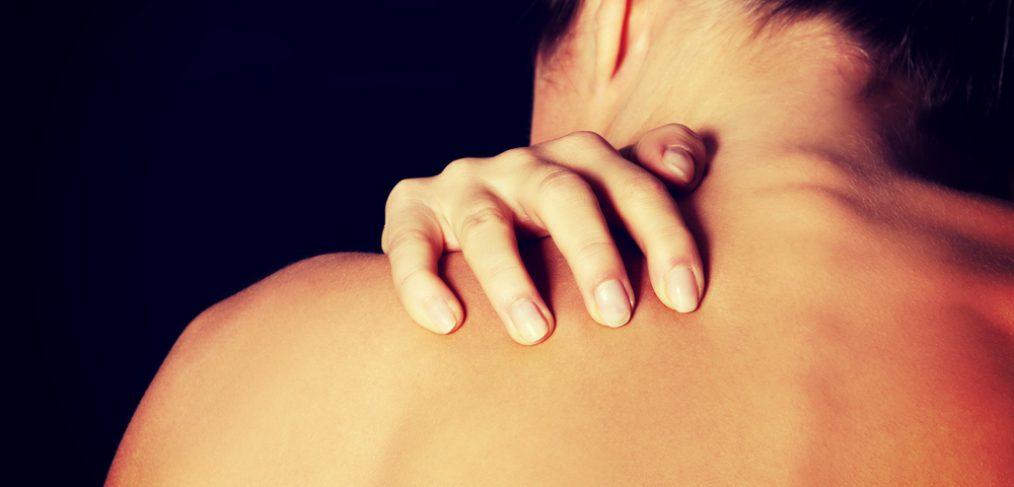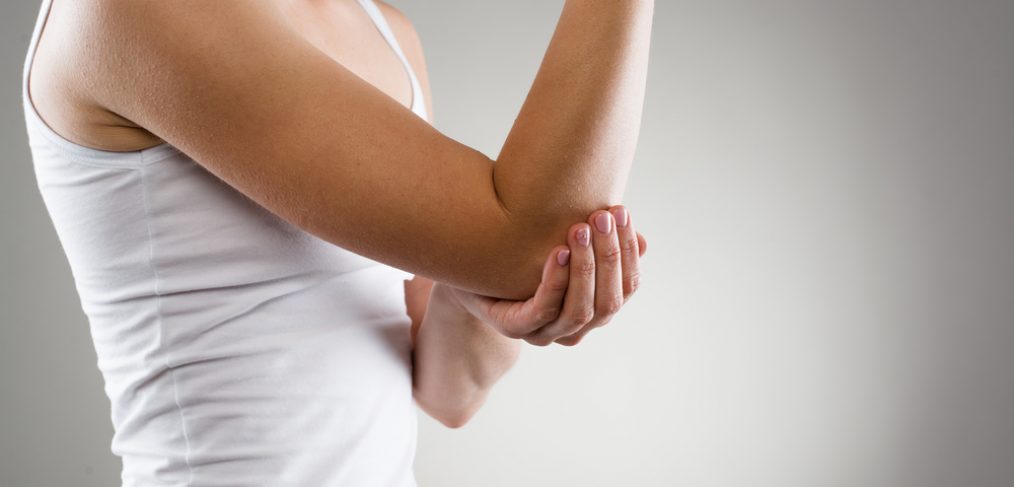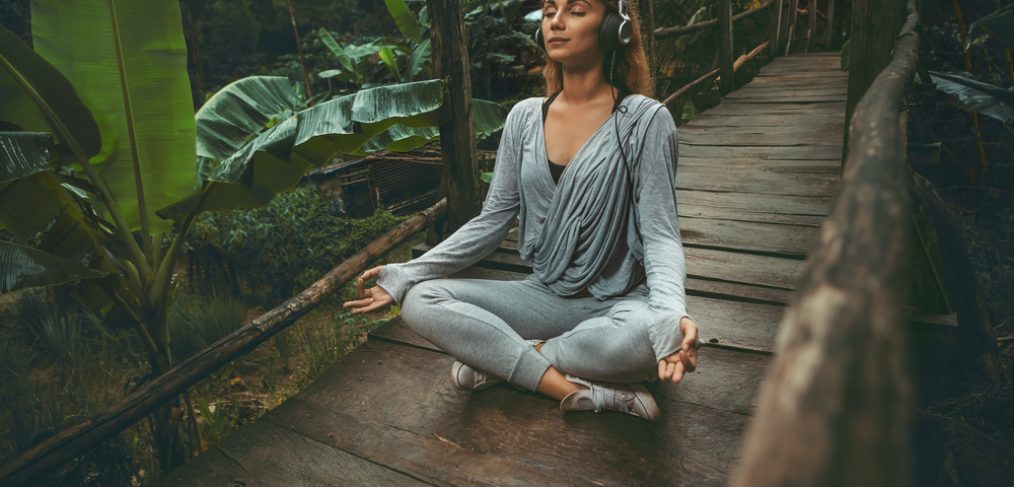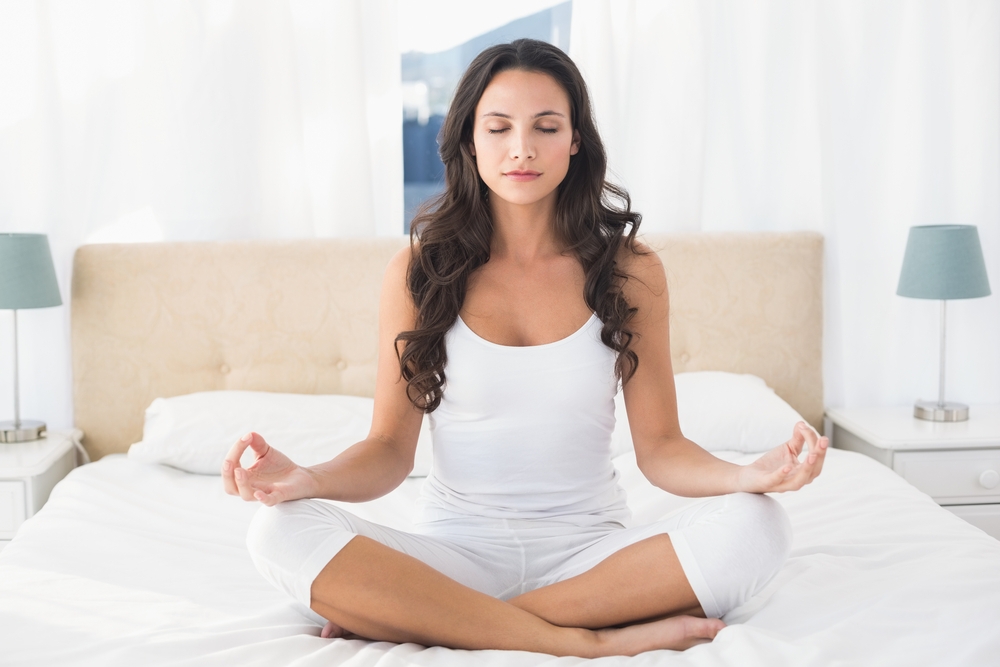One fairly common and understandable concern for expecting parents is high blood pressure. The reason it can be a concern is twofold: increased chance of hypertension (high blood pressure) during pregnancy, and the risk of hypertension causing complications for pregnancy. Here, we’ll go ahead and examine and address this concern from both angles, and discuss what can cause hypertension during pregnancy, how to deal with it, and when it’s harmless and when it’s a concern.
Types of Hypertension During Pregnancy
There are actually several different categories of hypertension during pregnancy; three, to be precise. Let’s go over them.
Gestational hypertension occurs when the pregnant person develops high blood pressure after 20 weeks of pregnancy. There are no signs of organ damage such as excess protein in the urine. Gestational hypertension can eventually become preeclampsia, but it is fairly rare. If you develop gestational hypertension, make sure you and your doctor keep an eye on it, but you and your baby will probably be fine.
Chronic hypertension typically refers to high blood pressure that existed independent of pregnancy, but also refers to high blood pressure that occurs anytime before 20 weeks of pregnancy has passed. It can be difficult to determine for sure when it began, so make sure you’re seeing a doctor regularly and keeping an eye on your blood pressure.
Preeclampsia is the most concerning type of hypertension during pregnancy and the one that requires the most care and oversight. Preeclampsia is a condition that sometimes develops from chronic hypertension or gestational hypertension, and is characterized by not only high blood pressure, but signs of damage or another organ system, including but not limited to protein in the urine. Preeclampsia can lead to serious or even fatal complications for both the baby and the pregnant parent if left untreated, but it is treatable, so do not panic if you develop preeclampsia, just work closely with a doctor to control the condition.
What Problems Can Hypertension Cause in Pregnancy?
High blood pressure—specifically, or at least mostly, preeclampsia—during pregnancy can decrease blood flow to the placenta, limiting the nutrients and oxygen your baby receives, slowing growth and potentially causing preterm birth, low birth weight, and breathing problems for your baby. Placental abruption—the placenta separating from the inner wall of the uterus before delivery—is also a concern, which is potentially life-threatening to both you and your baby. Preeclampsia can also predispose you to increased risk of cardiovascular diseases in the future.
What Can I Do About it?
First and foremost—and we cannot emphasize this enough—work with a doctor, follow their advice to the letter, and always check in with them before you try any self-treatment of any kind, to make sure it’s safe. Be thorough and honest with your doctor, reporting any and all symptoms, and remember that preeclampsia can develop with no symptoms, even without protein in the urine, in rare circumstances, so monitor your blood pressure closely; check it at least once a week and keep your doctor updated. Also, watch for other symptoms like severe headaches, vision changes, upper abdominal pain, nausea, vomiting, decrease in urine output, lower platelet count, weakened liver, or shortness of breath. Finally, exercise regularly (under your doctor’s guidance), take everything as prescribed, avoid sodium, eat lots of leafy greens and fruits, and avoid smoking, alcohol, and illicit drugs. Ask your doctor before taking any over-the-counter medications.




